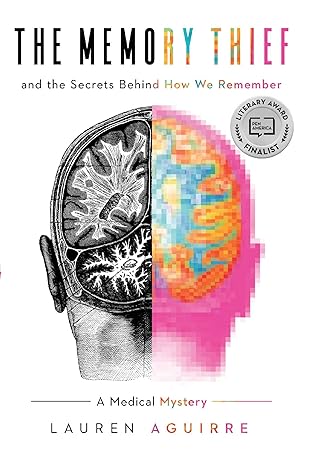When faced with a chronic condition like Alzheimer’s, it’s natural to think in terms of all-or-nothing. However, Alzheimer’s doesn’t completely erase memory—it only affects certain parts. This realization, inspired by Lauren Aguirre’s book “The Memory Thief: The Secrets Behind How We Remember—A Medical Mystery”, transformed how we care for our mom.
Understanding Memory Systems
- Procedural Memory: This is the memory of how to do things, like riding a bike. Even as Alzheimer’s progresses, your loved one can still perform tasks they’ve practiced repeatedly. For instance, our mom can still, seven years into Alzheimer’s, arrange flowers, knead dough, and play simple card games This resilience in procedural memory is remarkable.
- Implicit Memory: These are memories we aren’t consciously aware of. If I ask my mom to show me her bedroom, she might say she doesn’t know. But if I suggest watching TV, she instinctively heads to her bedroom, where the TV is.
- Spatial Memory: This helps us remember where things are. Our mom no longer recognizes the term “light switch,” so instead of asking her to turn on the lights, we say, “It’s dark in here when walking into a room. Do we want some light?” She then walks over and switches on the light. This approach respects her remaining abilities and fosters a sense of independence.
The Impact of Episodic Memory Loss
Episodic memory stores our personal experiences and is most affected by Alzheimer’s. It’s why patients can’t recall what they ate for breakfast or what they did last weekend. This system holds the “stories” of our lives, the who, what, where, when, and why.
A Changed Perspective
“The Memory Thief” gave us a new perspective on caring for Mom. We’ve found joy and connection in unexpected places by focusing on the parts of her memory that still work. It’s comforting to see how much she can still do, and it helps us feel like we haven’t entirely lost her.




